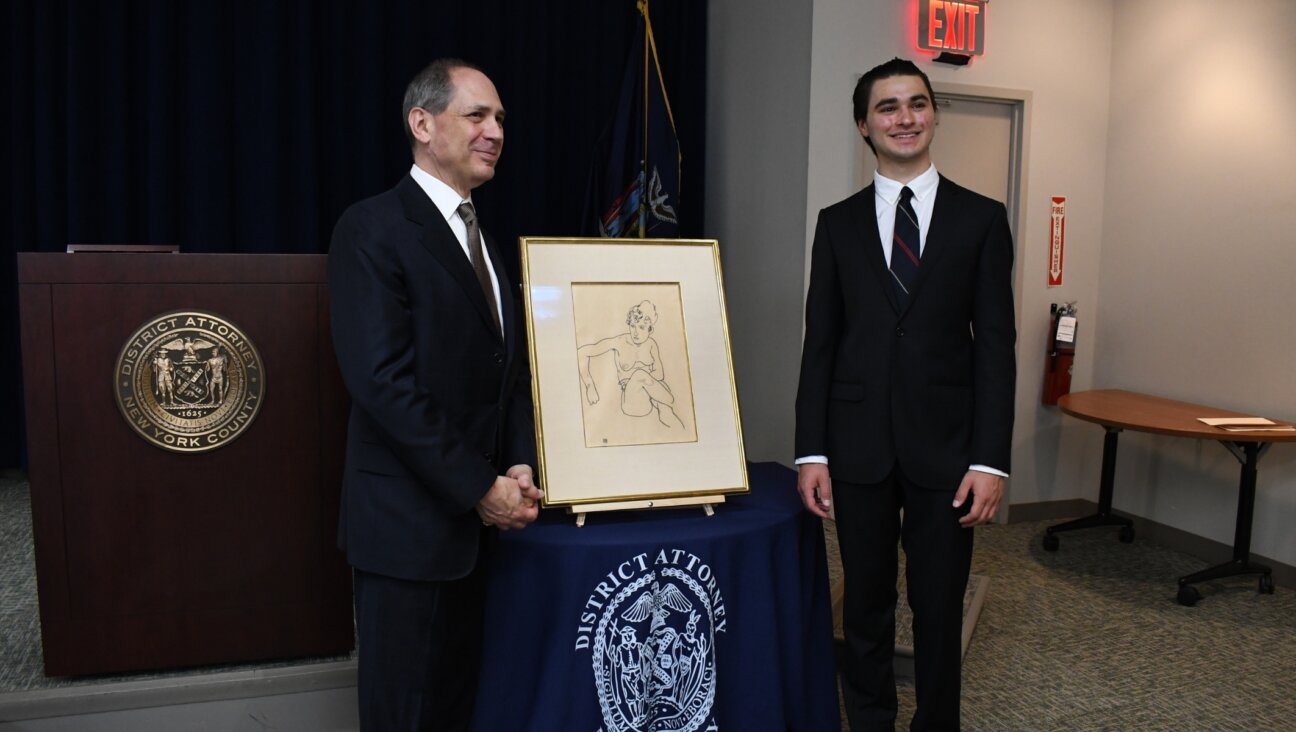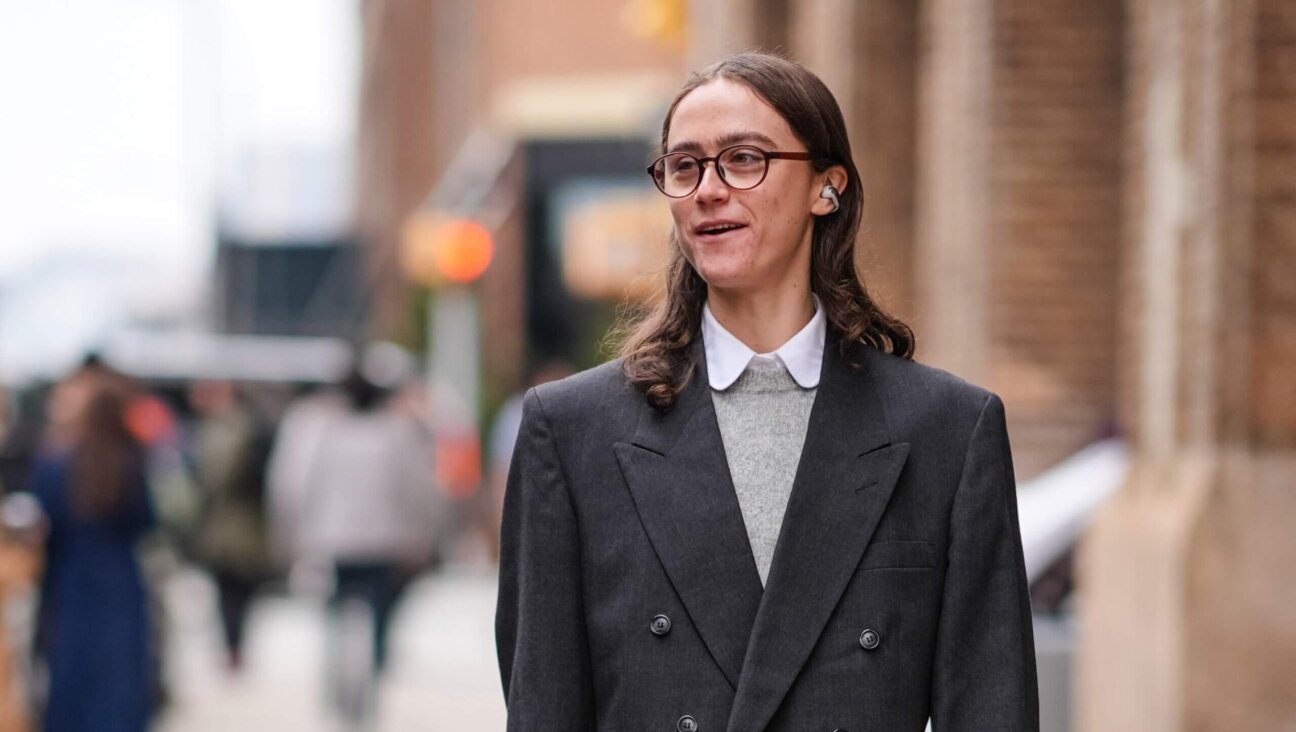Abe’s World: Rereading ‘The Rise of David Levinsky’
It’s not often that I get the chance to reread a novel, especially a big, sprawling novel like “The Rise of David Levinsky,” a cautionary tale about the immigrant experience that Abraham Cahan, longtime editor of the Jewish Daily Forward, had published, to much acclaim, way back in 1917. But thanks to an initiative of the Downtown Kehillah, an organization designed to strengthen Jewish life for those New Yorkers who live and work below 14th Street, hundreds of people were invited to delve deeply into the book and to share their opinions of it with one another on a wintry Saturday evening in December. Most of the participants were new to “Levinsky,” as the book is commonly called; a few others, among them Marshall Berman, the distinguished CUNY professor; J.J. Goldberg, this paper’s editor, and me, had met up with the book and its characters years before, but in preparation for the evening’s give-and-take we were giving it a second look.
Something in the air that evening added a special frisson to the proceedings. It wasn’t just that a hundred people of varied backgrounds had gathered together to talk about a 90-year-old book, although that surely created a sense of occasion. Nor was it the way that past and present came together as the current editor of the Forward discussed its founding editor, vividly bringing him to life.
What endowed the evening with symmetry and depth and passion was the ongoing relevance of Cahan’s tale of immigrant Jewish life. Generating lively conversation, “Levinsky” prompted members of the audience to hold forth on the rise of the garment industry, Cahan’s depiction of women, the anomie of immigrant life and the costs of Americanization. Although dated in so many respects, from its lumbering prose to its penchant for melodrama, the book spoke to these contemporary readers, capturing their imaginations.
“The Rise of David Levinsky” speaks to me, too, but more as history than as literature. I freely confess that when I open its pages, it’s not gorgeously shaped sentences that I seek — or find. Instead, I look to “Levinsky” for its insights into the garment industry, scientific charity and the cut of a man’s suit; for its rich evocation of Manhattan’s Lower East Side, its vivid depiction of the Catskills and the way it effectively marshals so many little, gritty details about daily life. I turn to “Levinsky” for knowledge rather than escape, for information rather than affirmation.
In this, I’m not alone. Making my way through the reviews that accompanied the book’s initial publication and its subsequent reprintings in the 1950s and the ’60s, I have discovered that others before me were equally inclined to embrace “Levinsky” more as sociology, as a tour of current events, than as a literary tour de force.
When first published, “Levinsky” garnered a considerable amount of attention — and positive attention, at that — from the English-language press, itself a testament to the book’s power or, more to the point, perhaps, to its author’s standing. “Levinsky” is so “vividly and convincingly written that it reads more like fact than fiction,” related the New York Times, noting how it ably captured the transformation of Eastern European Jewry from a community whose life in the Old World was foreclosed to one for whom everything in the New World was now possible, including great material success. True, it conceded, “Levinsky” is “not a pleasant book nor is David himself an especially likeable or appealing character. His very soul is stripped bare before us; we know him intimately, know him as we know few of our friends or relatives but it cannot be said to know him is to love him.” But that’s as it should be, continued the review, warming to its topic. The “dominant quality in this novel is the effect it gives of being altogether real. Whether the scene is laid in the Russian ghetto or the big expensive hotel in the Catskills where rich Jews congregated and every woman tried to outdress and outjewel all the others… this sense of reality is always present.” For the city’s paper of record, then, the book’s appeal had more to do with its filigreed descriptions of the immigrant experience than with its transcendent literary virtues.
Fast-forward 30-odd years to 1952, when the book was reissued, prompting celebrated writer Isaac Rosenfeld to take a “fresh look” at it in the pages of Commentary. For the longest time, Rosenfeld had avoided reading the book, believing it to be a “badly written account of immigrants and sweatshops in a genre which was intolerably stale by now.” Much to his surprise, he found the novel to be fresh and vivid and wholly American. In this tale of a dissatisfied, hungering businessman, Jewish themes were “readily assimilated” to American ones, Rosenfeld wrote, allowing readers to see America as the “land of the sad millionaire.”
A decade later, the reissue of “Levinsky” led to a review in the Times by none other than Saul Bellow. Expecting to find a “certain nostalgic softness,” the sort of sappy sentiment that once appealed to his mother, Bellow found instead a clear-eyed and decidedly unsentimental novel. Cahan, he wrote, “had a remarkably good head about self-interest, snobbery, social climbing, money and the Americanization of the Jews.” What’s more, he had “the instincts of a fine novelist” and none of the “false piety of later generations of Jewish writers.” All the same, Bellow believed that the book was “more interesting as social history than as literature.”
In the end, it may well be that in its attentiveness to and accumulation of detail, the play of its sociological imagination and the ways in which it blurred the boundaries between art and life, reportage and fiction, “The Rise of David Levinsky” was most true to its time. After all, the immigrant experience was no fairy tale.
A message from our editor-in-chief Jodi Rudoren

We're building on 127 years of independent journalism to help you develop deeper connections to what it means to be Jewish today.
With so much at stake for the Jewish people right now — war, rising antisemitism, a high-stakes U.S. presidential election — American Jews depend on the Forward's perspective, integrity and courage.
— Jodi Rudoren, Editor-in-Chief






















